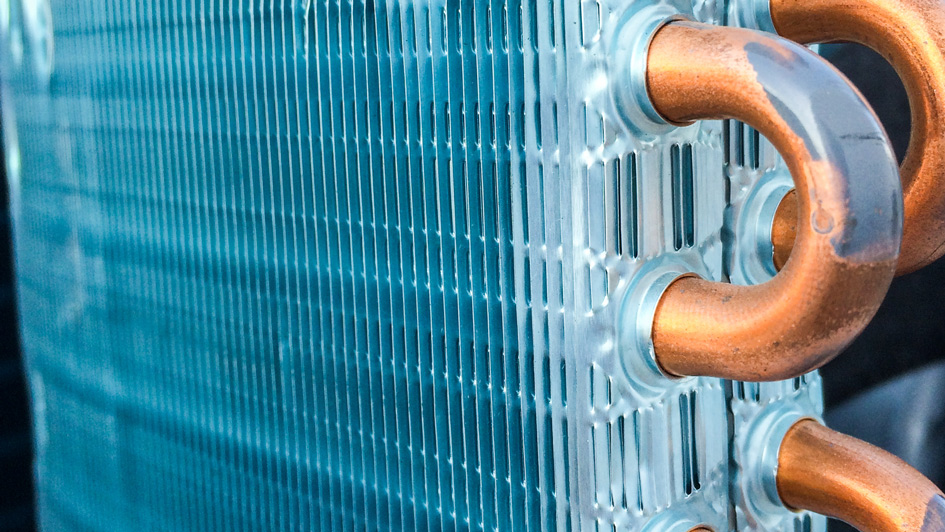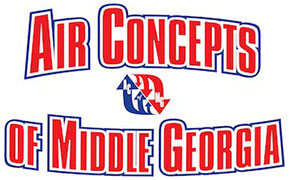
A furnace is usually a background player for your home, helping keep you warm in the cold winter months. It frequently doesn’t get noticed until something breaks down.
One source could be that your furnace has a cracked heat exchanger. It can potentially be hazardous, so it’s important to learn the evidence of a cracked heat exchanger and what to do if you are worried that may be the problem.
What Is a Heat Exchanger in a Furnace?
A heat exchanger helps transition heat from the combustion chamber of your furnace to the air that flows through the air ducts. It typically handles this using coils or tubes that heat the air while acting as a barrier to keep gas produced in the combustion chamber, called flue gasses, from leaking out into your home.
Is a Cracked Heat Exchanger Dangerous?
Given its key role, it shouldn't come as a surprise that a cracked heat exchanger can be hazardous. A damaged heat exchanger can allow dangerous gasses – including carbon monoxide, which can be lethal – to circulate throughout your home.
For that reason, don't ever use your furnace if you think it has a cracked heat exchanger, as letting it run could make the whole household sick. Call an HVAC professional as soon as possible if you think your furnace has a cracked heat exchanger that should be repaired.
Four Signs of a Cracked Heat Exchanger:
- Furnace switches off: Cracks in the heat exchanger can cause your furnace to turn off.
- Strange Smells: If the air escaping your furnace has a strong chemical scent, it may be an indicator that gasses are seeping through cracks in your heat exchanger. These byproducts, which may smell like formaldehyde, are a major warning sign.
- Carbon monoxide alarm is triggered or you feel symptoms of poisoning: If a cracked heat exchanger is emitting carbon monoxide into your home, your carbon monoxide alarm could go off or household members could experience signs of carbon monoxide poisoning. Complications include headaches, dizziness, weakness, nausea, vomiting or feeling sleepy. If an alarm goes off or you feel unwell, leave the home immediately and then call for help.
- Soot: If you spot black sooty buildup near the exterior of your furnace, it’s another sign something might be seriously wrong.
What to Do if Your Furnace Heat Exchanger is Cracked
If you suspect your furnace has a cracked heat exchanger, contact a professional with extensive experience in furnace installation Milledgeville and Middle Georgia right away so they can take a look at your system and, if needed, handle a furnace heat exchanger replacement. Costs often fluctuate depending on the situation, but estimates often hover around $1,000 to $3,000.
However, the good news is that heat exchangers are regularly protected by the warranty. It's a good idea to confirm the warranty paperwork on your furnace, as while the warranty might not cover the entire cost of repairs, it could significantly shrink your bill.
How to Prevent a Cracked Heat Exchanger in Your Home
One of the most convenient ways to prevent a problem in your furnace overall is through consistent furnace maintenance. Furnaces work the best when they run efficiently. Contacting a certified professional to examine your furnace for broken-down parts, clogs in the air filters and other likely problems can help you avoid getting a big bill later on.
It’s also a good idea to take a look at your furnace filters every few months – it’s ideal some filters be swapped out every 90 days or sooner if they are dirty or grimy. While the filters aren't connected to the heat exchanger itself, the strain of drawing air through a clogged filter makes the entire furnace work more vigorously to complete its job. And the harder your furnace has to work, the more deterioration components like the heat exchanger will sustain.
